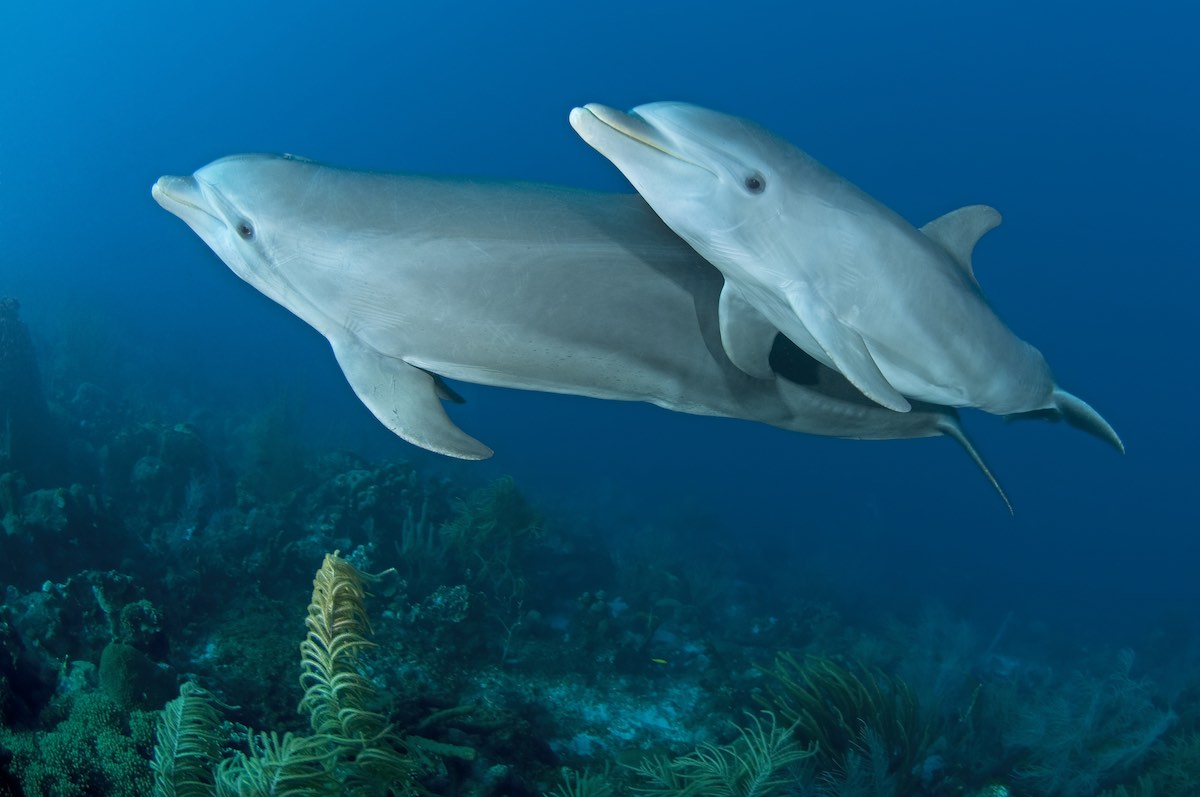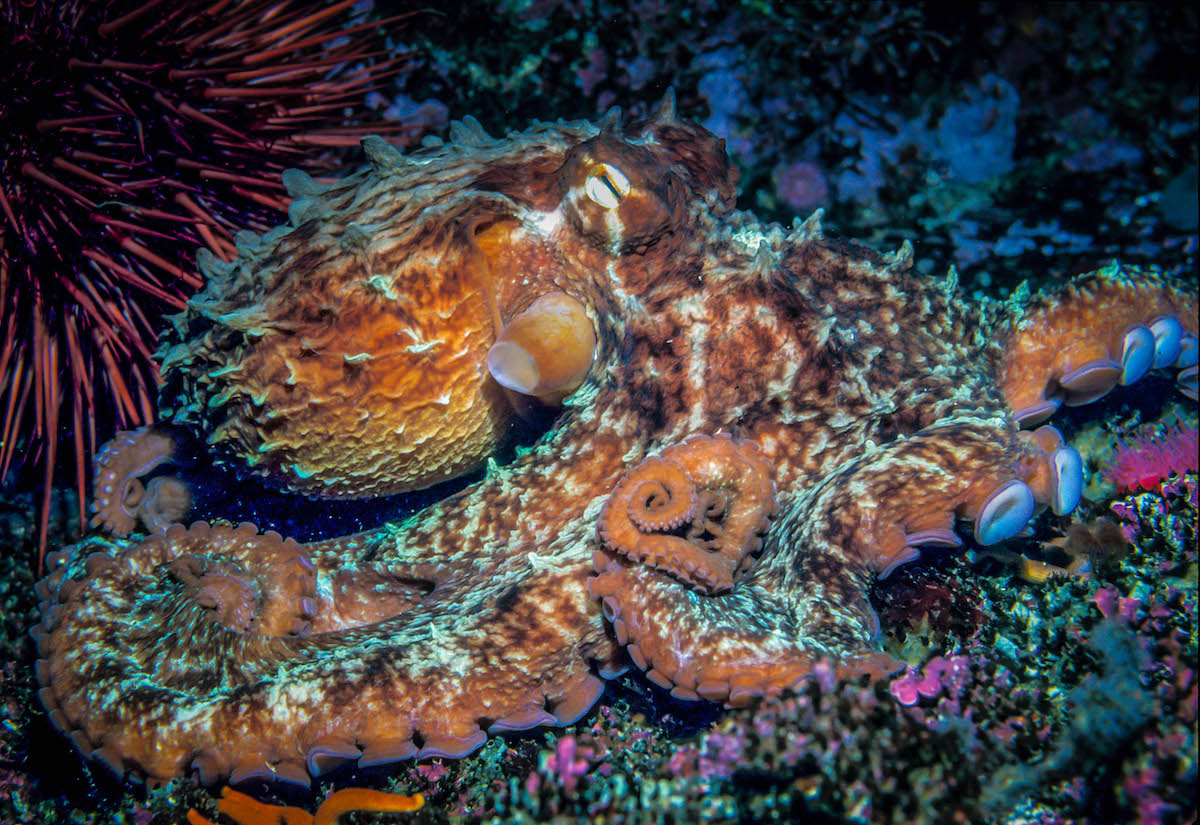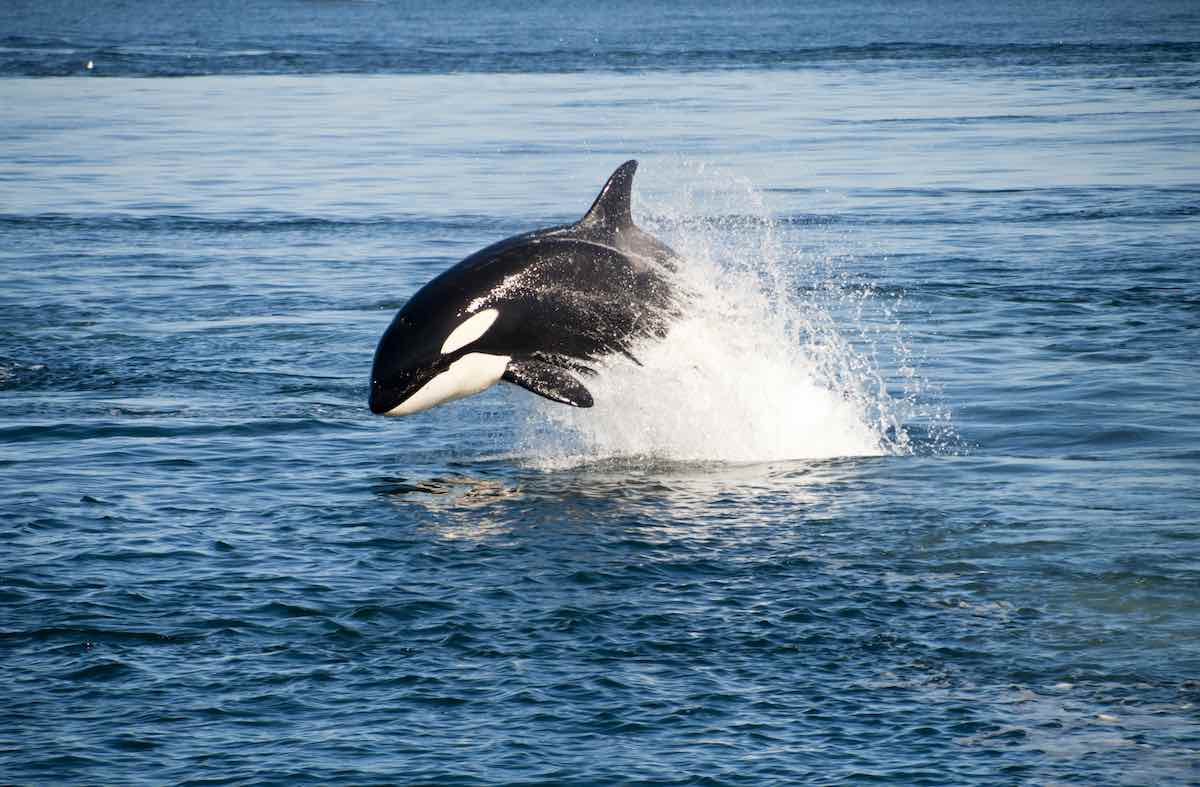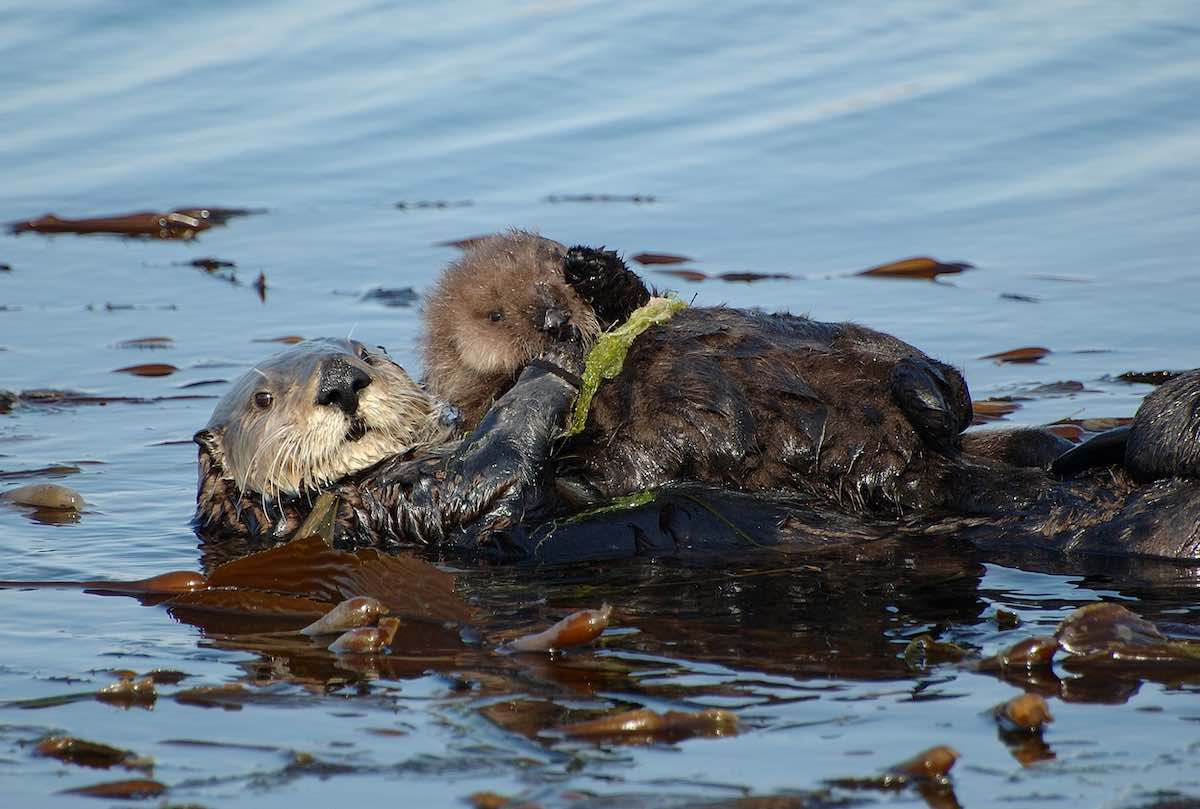Meet the Smartest Ocean Animals
Published by Ocean Conservancy
While land-dwelling animals like chimpanzees and elephants typically get all the recognition for animal intelligence, the ocean harbors some Einsteins of its own. From the spineless octopus to the formidable great white shark, creatures from every corner of the ocean have shown incredible abilities to problem-solve, use tools and trick their predators and prey.
So grab your notebooks, take a seat and get ready to be schooled by the ocean’s smartest animals!
Dolphins


Our first intelligent sea creature on our list probably isn’t a surprise—dolphins have long been recognized for their complex behavior. Their brains are larger than humans’, weighing in at 3.5 pounds (ours are only 2.9 pounds!). Their brain-to-body ratio, meaning how much of their weight is comprised of their brain, is greater than that of apes.
But size isn’t everything—they also have complex groups of neurons that lead to self-awareness (including recognizing their own reflection) and increased problem-solving skills. They play with toys, solve puzzles and use tools—all of which are signs of increased intelligence.
Dolphins also have complex social systems and use a series of clicks and whistles to communicate with their fellow dolphins. They use this “language” to coordinate hunting or even plan for the future. One study found two dolphins communicated to cooperate to pull apart a PVC pipe with fish hidden inside. It didn’t take long for them to discover team work was the way to go!
Octopuses


When it comes to intelligence, vertebrates typically outside invertebrates. But octopuses prove you don’t need a backbone to have a big brain. The octopus has a large brain and extensive nervous system. To put it into context, octopuses have almost as many neurons, or nerve cells, as dogs do, meaning they have lots of receptors to send messages to their brains.
Love our content?
Sign up to receive our emails!
Octopuses have a section of their brain entirely devoted to learning, which comes in handy when solving problems and is unique among other invertebrates. Octopuses’ brilliant problem-solving abilities have been documented time and time again; for example, the infamous Inky the Octopus who slipped through a gap in its tank in a New Zealand aquarium and slid down a 164-foot-long drainpipe into Hawke’s Bay. Octopuses have also learned how to turn off lights in aquariums by squirting water at the switch and short-circuiting the power.
The more you learn about octopuses, the more similarities you see to humans–they can have personalities, form memories and recognize people over time.
Orcas


Orcas also have very large brains (see a theme here?) that allow them to store memories and quickly assess signals from nerves. Orcas have the second-largest brain of all ocean mammals behind sperm whales. An orca brain is nearly four times the size of a human brain!
Like humans, orcas develop complicated social networks based off family ties and alliances. They also pass knowledge down from older generations to younger ones. For example, more experienced individuals can tell young orcas where to go if fish numbers decrease from a hunting spot. This results in a collective knowledge base shared within a community.
Sea Otters


If you love sea otters for their looks, now you can love them for their brains, too! Sea otters have evolved to use tools to eat, including using rocks to break open hard shells. For example, a sea otter will hammer a rock against an abalone shell (sometimes as quickly as 45 hits in 15 seconds!) to loosen it from the sea floor.
Previously, we thought only humans used tools. But tool use has since been recognized in a number of animals, including primates, birds and cetaceans. Recent research indicated that not only do sea otters use tools, they may have evolved the ability to do so long before other species. A study of 100 California sea otters indicated their ancestors have been using tools for millions of years. In contrast, a well-known example of dolphin tool use, using sponges to protect their beaks while hunting fish, evolved only about 200 years ago.
These intelligent critters need your help. Join Ocean Conservancy today to help protect the homes of these brilliant ocean animals.
The post Meet the Smartest Ocean Animals appeared first on Ocean Conservancy.
Read the full article at: https://oceanconservancy.org/blog/2019/06/24/smartest-ocean-animals/


